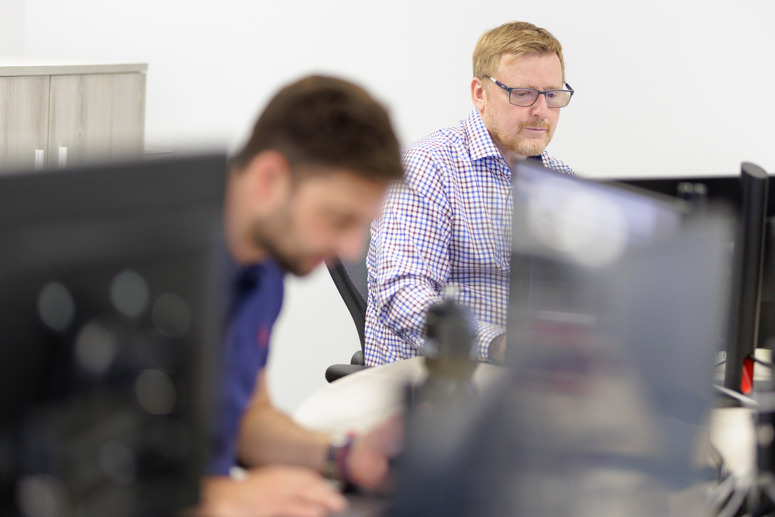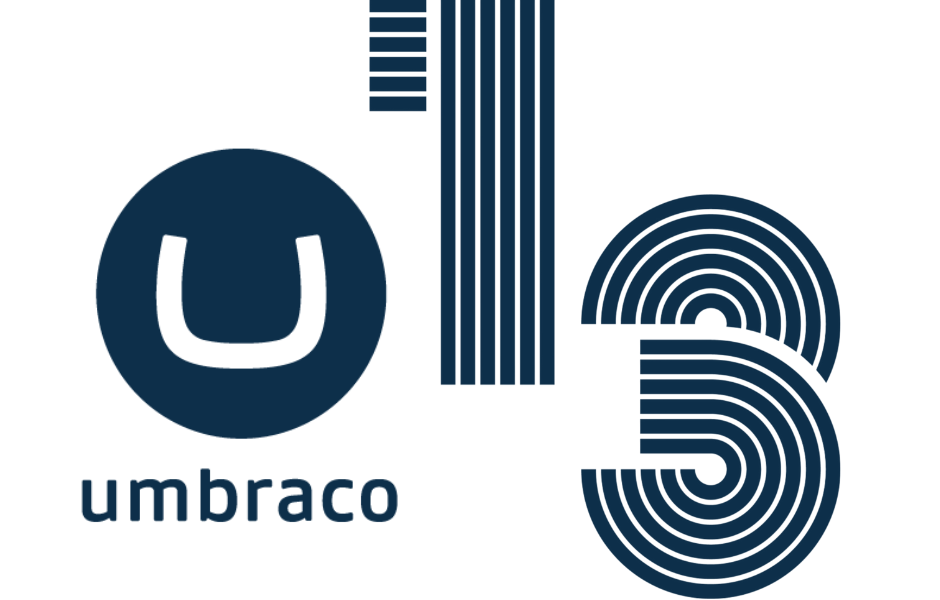How CMS Architecture can Improve your Site Performance.


The Build of Your CMS can Transform Your System.
An organisation's ability to communicate effectively with its audience often depends on the strength of its CMS (Content Management System). Yet, because CMS platforms can be complex to build and use, teams often end up working around them rather than making the CMS work for them. If your website feels slow for clients, or your marketing team spends days publishing content across platforms, it may be time to rethink your CMS architecture.
The most common types of CMS architecture are:
Monolithic: An all-in-one setup where your content management, frontend design, and database all live together, making it easy to use but harder to customise or scale.
Hybrid: A half-way house that separates your backend content storage from the frontend display, while still offering built-in editing tools for marketers.
Headless: A fully decoupled system where content is managed in one place and delivered anywhere via APIs, giving complete flexibility but demanding greater technical expertise.
Monolithic CMS (Traditional CMS)
You're probably most familiar with traditional CMSs, also known as monolithic systems. As the name suggests, everything is all-in-one. The frontend (what the user sees) and the backend (where content and code are managed) are tightly connected. Your CMS, web presentation layer, and database all sit together.
Traditional CMSs can be easy for teams to navigate. They often use a WYSIWYG (What You See is What You Get) editor, meaning content creators can edit pages that directly resemble how they'll look live. A big win for marketing teams!
The downside is a lack of flexibility. Because there's no separation between frontend and backend, customisation is limited - whether in appearance, layout, or functionality. For basic systems like WordPress, plugins (add-on software modules) provide extra freedom. But, plugins can also introduce problems. Relying on third parties increases the risk of lag, site breakage, and security vulnerabilities.

Hybrid CMS
If you need more flexibility, but aren't ready for a full headless approach, hybrid CMS sits in the middle. Here, the backend is separated and holds your content types and database, but the CMS still retains a 'head': a frontend presentation layer that marketing teams can use, typically with the familiar WYSIWYG editor.
Hybrid CMSs use APIs (Application Programming Interfaces) to push content to multiple platforms (apps, websites, even smart devices). This allows for some level of omnichannel delivery, meaning you can publish content consistently across different devices and channels.
But hybrids can also be a mixed blessing. While they combine elements of monolithic and headless, they also inherit the limitations of both. You're still somewhat restricted like in a monolithic CMS, but with added complexity. Omnichannel delivery is possible, but often harder to achieve than a true headless build. Vendor lock-in can also be an issue, since not all CMS platforms can handle the complexity of hybrid setups.

Headless CMS
For organisations already working with connected devices (like tills, apps, or smart speakers), publishing across multiple digital channels, or planning to do so in the future, a headless CMS might be the solution.
In headless systems, the backend and frontend are fully separated. The backend manages your content, while the frontend is built and managed independently. APIs then work as a bridge between the two. This setup allows your site to pull information from multiple sources — from product data bases and CRM systems to third-party platforms like Shopify and Salesforce — without compromising speed or stability. Content can then be pushed to websites, apps, kiosks, voice assistants, and more. Essentially, anywhere.
Headless CMSs also support static site generation, where pages are pre-built and served quickly, improving speed and reliability. Because there's no reliance on plugins, developers have complete freedom to design and build however they like.
Even if you're not delivering content across multiple channels, a headless CMS offers long-term extensibility, giving you all the performance and integration benefits from an API-driven architecture as your digital ecosystem grows. However, that freedom comes with some complexity. Running a headless CMS requires greater technical expertise. It's typically recommended for enterprises with omnichannel needs, or those planning to expand in that direction.
The Codiance Approach
Before diving in and panicking about your CMS architecture, the Codiance approach is to first understand how your current system isn't meeting your needs. There's no need to overcomplicate things — or sink half your budget into a flashy CMS build with features you won't use, just because it's fashionable.
At Codiance, our goal is always to help clients make the most of their systems, whether that's optimising a traditional CMS, moving to a hybrid, or going fully headless.
To learn more about our auditing and diagnostic process for your existing CMS, get in touch today.
Please get in touch for a friendly, no obligation conversation with one of our engineers.





